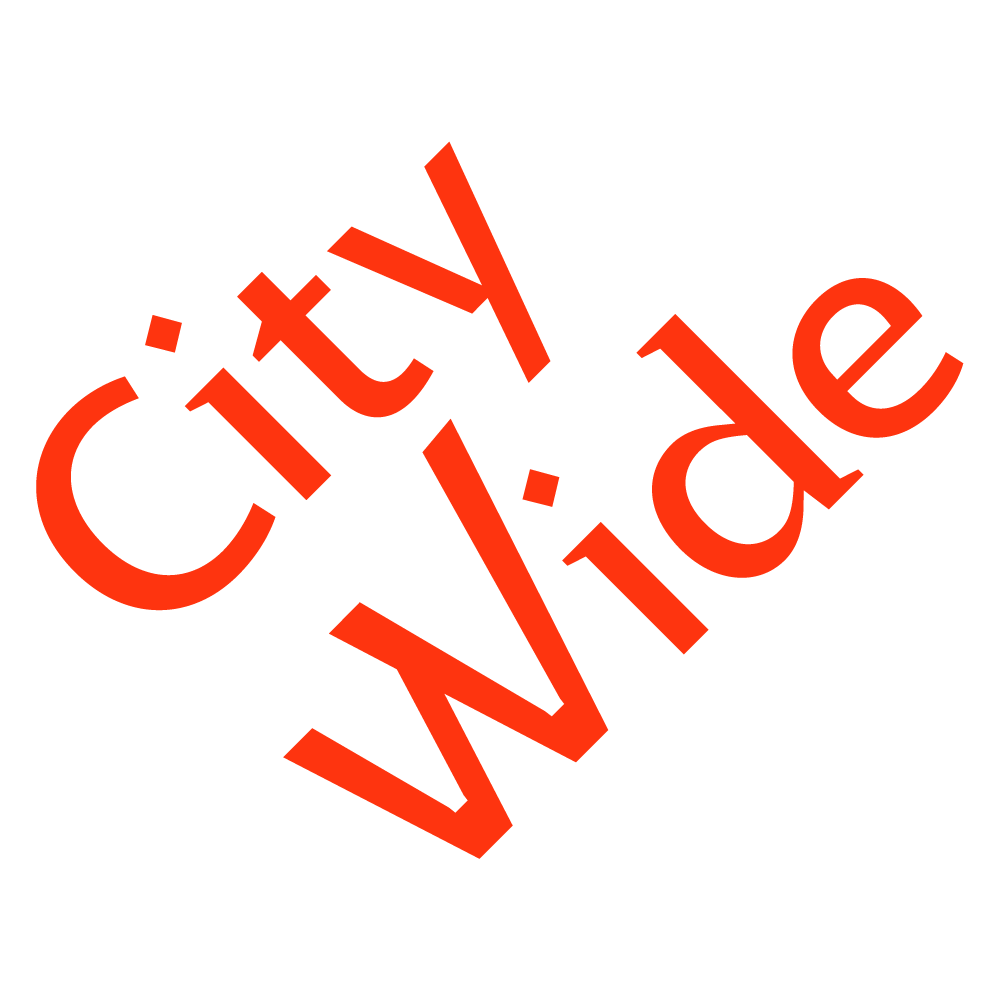Two percent of teachers nationwide are Black men, while four percent of Philadelphia teachers are Black men teaching a student body of 50 percent Black students and 27 percent Black males. This past weekend, the education collective Black Male Educators Convening (BMEC) hosted EdFest, a conference designed to highlight the exemplary work done by and for Black male educators. Men and women of different backgrounds in education, hailing from across the country came together for breakout sessions focusing on education techniques and strategies to better reach students.
Educator and author Kelisa Wing shared a sobering statistic, “Sixty-seven percent of students suspended last year were of color and most of those students were suspended for the same infractions that white students are noticed for, but not suspended. A Black student is four times more likely to be suspended than a white student and a Hispanic student is three times more likely.”
Using clips from the critically acclaimed Netflix miniseries “When They See Us” as a reference, Wing lectured a captive audience on different ways to dismantle the school-to-prison pipeline. “What were the things that led these boys to be wrongfully convicted, and what are the things that we are doing now that are contributing to the school-to-prison pipeline?”
Wing sees Culturally Responsive Teaching (CRT) as a key method in making positive changes. “People hear ‘culture’ and automatically think Black and white, not realizing that culture is everything that shapes me,” Wing said. “It’s the neighborhood I grew up in, it’s how I talk at home, the food I eat and more. There’s push-back from education leaders and a lot of people are scared to talk about race because they think it makes them racists. Robin DiAngelo has a book called “White Fragility” and discusses being nice. Just because you’re nice doesn’t mean you can’t be a racist. CRT is a multi-pronged approach that includes things like reflecting on your own cultural lens and bringing real world issues into the classroom.”

In an emphatic speech, activist Jamira Burley shared her belief in the work that the EdFest audience can do in inspiring students. “Conditions, place and born identity often lay the foundation for who we have the potential to be according to society’s standards,” Burley said. “Systematic change can happen. Each and every one of you can be a bridge and a barrier breaker. I like to hope and sometimes think that I’m both. I hope to compel each and every one of you if you haven’t already to join the call.”
Burley extolled the virtues of educators in her development as a leader. “In every single major moment of my life, there was a teacher, and administrator, a youth service provider who reached back, helped open and pulled out a seat for me,” Burley added. “They didn’t judge me by my 19131 zip code, my mother’s bank account or lack thereof, or for my family’s criminal record. They showed me that I was worthy of every opportunity, that my perspective mattered, and that my potential was limitless despite what society said about my community. They saw what many didn’t.”

As a former English teacher, author, Very Smart Brothas editor-in-chief Damon Young is a proponent for students and emerging writers finding confidence in honing their voices. “I would tell any student or young person trying to write, because there are so many platforms out, that you are not beholden to the same standard [as a William Faulkner]. For educators, instead of introducing [students] to work of the canon, introduce them to more contemporaries. Introduce them to people who are alive right now who are writing, working and struggling in public so that they can see that and say, ‘I can write in this way.’”
Young helped students learn about the fundamental components of prose by showing them examples in lyrics to hip-hop songs. “I printed out rap lyrics and had the students just look at the metaphors, similes and onomatopoeia in the lyrics and they were able to do that and see the connections in the music that I was listening to, like Nas and Wu-Tang Clan,” Young said. “Seeing the connections between that and Shakespeare and other people in the canon showed them that it wasn’t that different. It showed them if they could understand that, other things weren’t that hard.”
With the support of all of the educators in the room that day, there’s hope that any student that needs help getting up has several hands to assist them.

